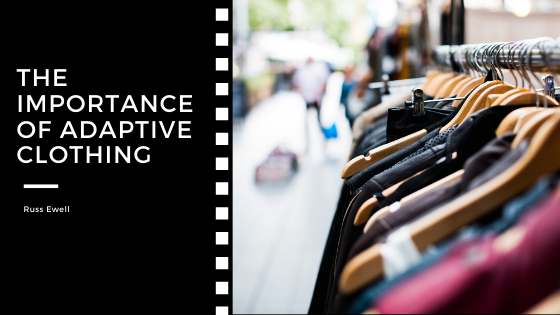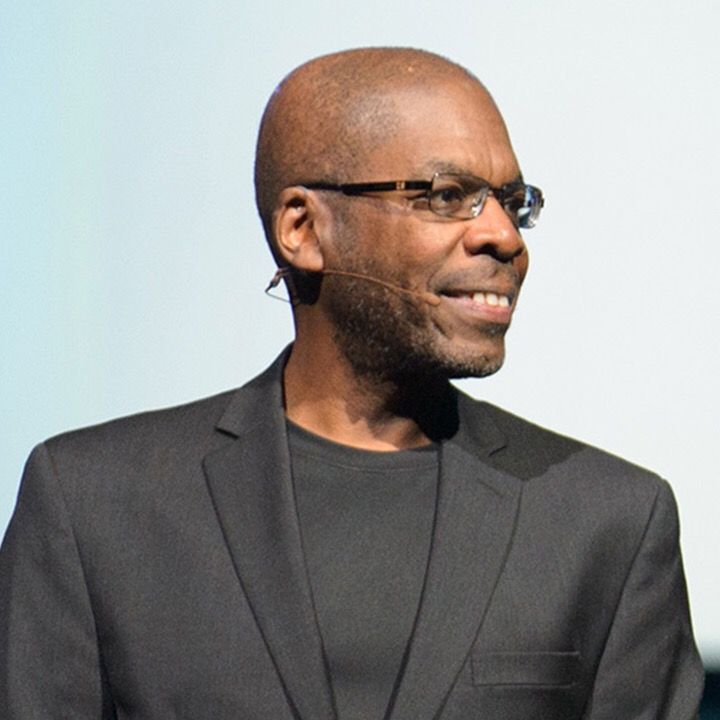Disabled representation in the fashion industry has been practically non-existent until now. Despite the fact they comprise the third-largest market segment in America, people with disabilities are largely excluded from contemporary fashion design.
In order to make daily tasks easier, disabled clothing should feature “adaptive” features such as magnetic closures in place of traditional buttons and snaps. Allowing neurodivergent people to access modern clothing does far more than simply expand their fashion options – it opens the door for greater inclusivity that bridges the gap between “accommodation” and universal acceptance.
Innovating adaptive clothing will not only profit companies but better society as a whole. A brand’s reputation will naturally begin to evolve as it begins to incorporate adaptive design into its apparel; people will become more accustomed to adaptive fashion, and those with disabilities will no longer have to feel excluded from something as basic as personal style because of their condition.
How Fashion Affects Special Needs Individuals
People with autism, Down syndrome, cerebral palsy, and other neurodivergent conditions are often impacted by other health conditions that can make contemporary clothing inaccessible. Those who wear diapers have a hard time fitting into traditional form-fitting garments, and many special needs people have heightened sensory sensitivity that can make typical styles extremely uncomfortable and distressing to wear.
Target has become the first major retailer to begin selling adaptive clothing for people of all ages. The adaptive lines feature sensory-friendly and ease-of-dressing features while maintaining the look of the store’s typical clothes.
For too long, people with disabilities – either physical or intellectual – have been ignored by the mainstream. Rather than forcing them to tolerate products that do not meet their needs, it is instead the responsibility of designers to consider the diversity of the world’s population and expand their own mindset when it comes to the type of clothes they create.
Looking Ahead
Fashion and style are not concepts exclusive to neurotypical communities; everyone deserves the chance to express themselves through their clothing choices and feel confident about their appearance with respect to any of their limitations or special needs. Comfort is always something that has been regarded in the fashion world, but with the rise of adaptive clothing, it will begin to take on a new meaning.
As more fashion brands become aware of the need to serve the disabled population, a new era of style can begin to emerge, one that reflects the progressive nature of modern society.

